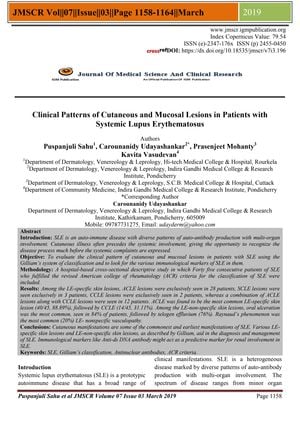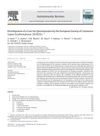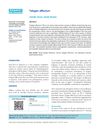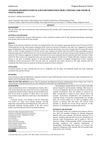Clinical Patterns of Cutaneous and Mucosal Lesions in Patients with Systemic Lupus Erythematosus
March 2019
in “
Journal of medical science and clinical research
”

TLDR Skin problems are common and early signs of Systemic Lupus Erythematosus, and certain immune system markers are important for diagnosis and treatment.
In a 2019 study of 45 patients with Systemic Lupus Erythematosus (SLE), researchers found that acute cutaneous lupus erythematosus (ACLE) was the most common LE-specific skin lesion, occurring in 88.89% of patients, and oral ulceration was the most common LE-non-specific lesion, seen in 84% of patients. Telogen effluvium was observed in 76%, and Raynaud's phenomenon was the most common vasculopathy, present in 20% of patients. Antinuclear antibodies (ANA) were positive in 98% of cases, with a high titre in 92% of ANA positive patients, and anti-ds DNA antibody was positive in 85% of cases, suggesting its use as a predictive marker for renal involvement. The study concluded that skin manifestations are prevalent and early indicators of SLE, and that recognizing these lesions along with immunological markers is crucial for diagnosis and management.




